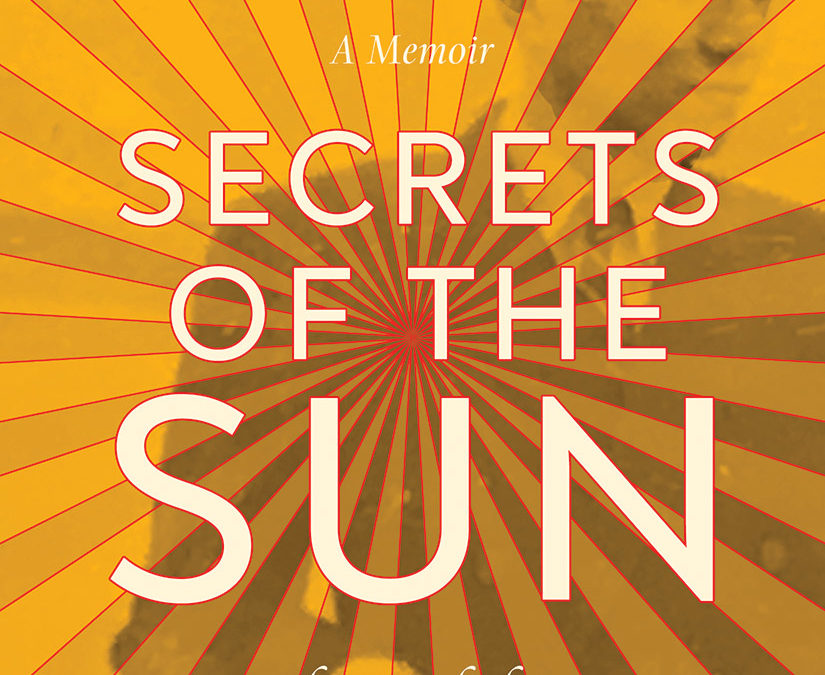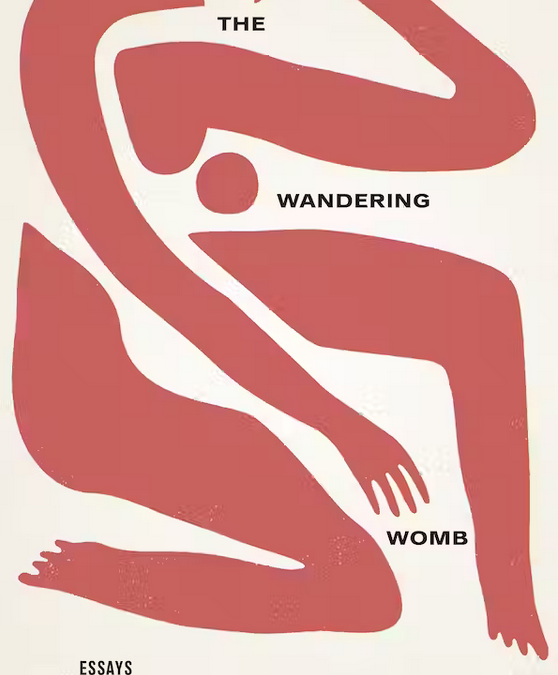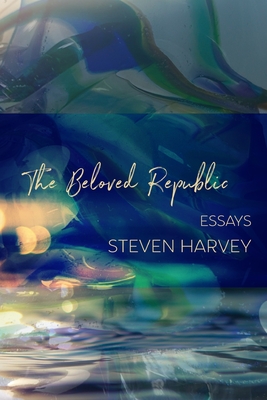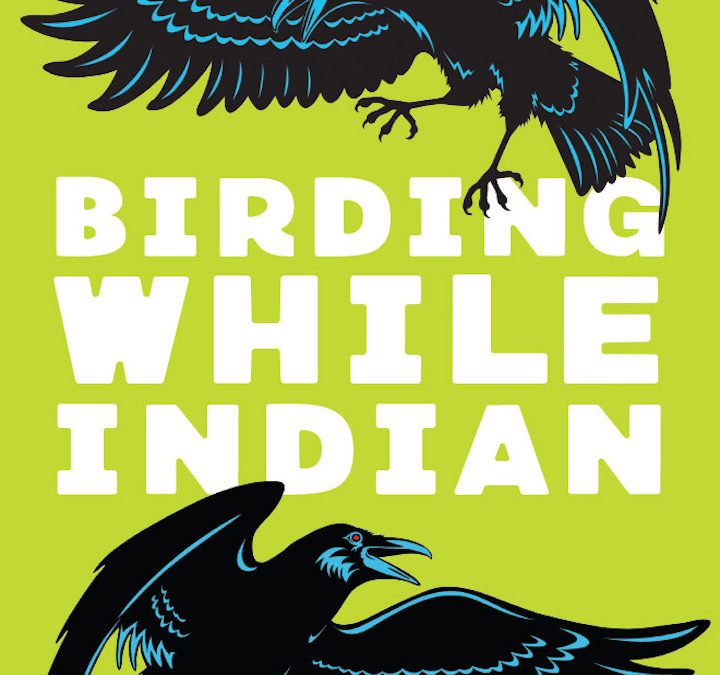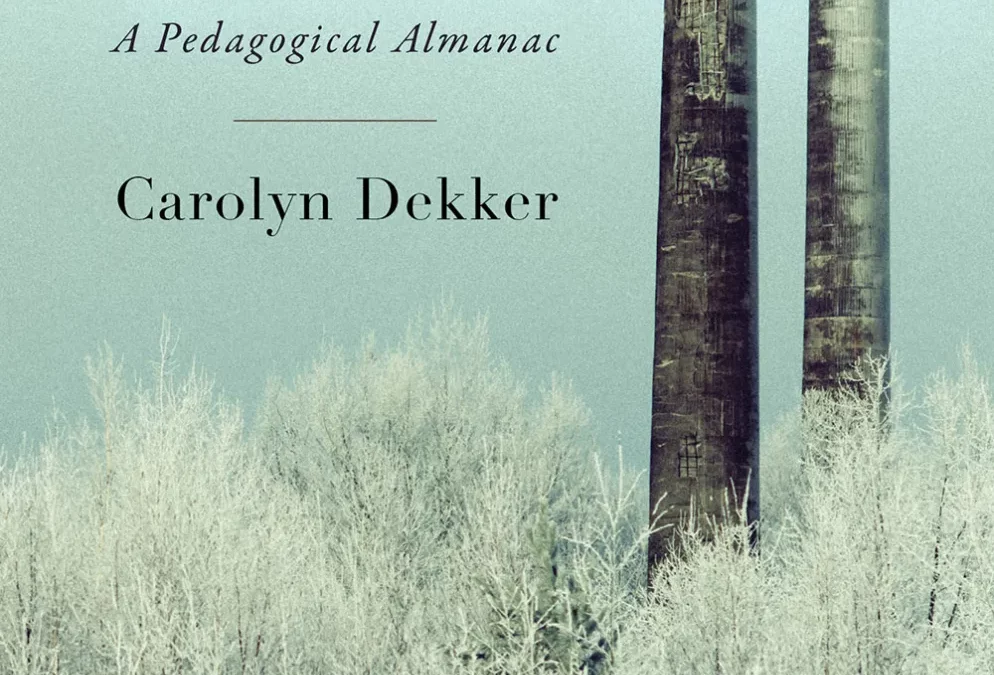
On the Northern Edge of the Beyond
By Amber Dawn Stoner
North Country: A Pedagogical Almanac by Carolyn Dekker
As North Country: A Pedagogical Almanac opens, author Carolyn Dekker with her dog Beckett,
a border collie, is driving north to Hancock, Michigan, in the Upper Peninsula, which juts into
Lake Superior. Dekker has a new job teaching English literature at Finlandia University. She is
fresh out of a relationship and soon to begin another; she has traveled alone from New England
to embark on her a new life; though nervous and excited, she is mostly looking ahead. She sees
the Quincy Mine, structures that once housed a vibrant copper mine during mid-1800s, a stark
site that graces the cover. She writes, “Views that draw the eye upward have a way of lifting the
heart, too. This steep terrain told me at first glance that I could love this place.” This collection
of essays describes Dekker’s journey to fit in and love the people and the place, nestled in the
north country.
The subtitle, A Pedagogical Almanac, reveals the book’s central concern—teaching college
classes and the methods she uses. During one class discussing two pomegranate poems by
Andrea Scarpino, poet laureate of the Upper Peninsula, Dekker discusses the pomegranate,
describing a way “to normalize [the students’] unfamiliarity with exotic commodities.” She
states that if she were a “construction worker’s kid, what do I know about a pomegranate?” Aware of her students’ backgrounds, Dekker is adept at connecting with their intellectual,
financial, and emotional condition.
She realizes their hardship, buying textbooks for her students, gathering book donations from
students and faculty, and starting a project she calls the Textbook Justice Library from which
they can borrow any text they need. This helpfulness is also evident in her teaching style. During
a class discussion of Rebecca Solnit’s essay “The Mother of All Questions” and Virginia Woolf’s
A Room of One’s Own, Dekker brings along her new puppy, who she has named Solnit. Dekker
writes, “Solnit roves happily from table to table as I take the plunge into the personal and ask my
students if there’s . . . some rigid model for life that they would rather slay than mold themselves
after.” Dekker understands that even with college kids to analyze the expectations of these kids
she can more easily accomplish that goal by having a puppy to hug.
Is North Country a memoir? A little bit. Is it literary criticism? Yes, because she cites and
responds to many books like hers. Is it nature writing, social commentary, a discourse on our
system of higher education? Yes, yes, yes, but also not clearly identifiable as such. No single
thread is fully developed across the whole book. Its hybridity touches on Dekker’s passions:
family, literature, teaching, outdoors, martial arts, parenting, horses; it often seems, however, that
she’s trying to do too much. Ultimately the book wanders and lacks cohesion.
In nineteen chapters, North Country ranges from one August to another August; several months
get two or three chapters. It seems that the book covers one year. But no. Each chapter is named
for a year, but the book actually spans five years: August 2015 to August 2020. On top of that, it is not strictly chronological. Though the chapters move from one month to the next, in order, the
reader is bounced back and forth across the five-year time span. If Dekker had rooted us solidly
in the town of Hancock or in detailed discussions of literary criticisms, for instance, she could
have taken those leaps in time between and within chapters without disorienting the reader.
For example, in Chapter Four about time-travel narratives, Dekker mentions a husband. Who is
he and when were they married? It’s not clear until a later chapter how this relationship fits into
Dekker’s life and the timeline of the other events in the book. Dekker writes about her expanding
family: her new husband, two teenage stepdaughters, the shock of an unexpected but beloved
grandbaby, a puppy, a horse. The characters are thinly drawn, and they appear and disappear
haphazardly. I’m a sucker for a puzzle, so I found myself flipping through pages trying to piece
together the who, the when, and the where. Ultimately, though, I was frustrated by the lack of
consistency and clarity.
In one strong chapter, Dekker grapples with what to do about teaching Sherman Alexie’s work
the week after a sexual harassment scandal involving him breaks. She wonders whether or not to
teach the Native American’s work, asking questions of her class and herself. About Alexie’s
collection, The Lone Ranger and Tonto Fistfight in Heaven, she applies the Bechdel-Wallace Test
about how women appear in literature: Do any of Alexie’s stories have two female characters
who have a conversation about something other than a man? “Not one story passes,” she writes.
In addition, she asks, “Who needs another Sherman Alexie when there are so many other voices,
writers who remake language, worlds, and genres with a brilliance and courage that makes more
room for all of us to live inside?” She lists other writers who do: Louise Erdrich, Leslie Marmon Silko, Margaret Noodin, Stephen Graham Jones, Rebecca Roanhorse, all more worthy to teach
than Alexie.
Dekker writes vividly about winter in Hancock: “Outside my office, the wind blows fine
snowflakes in white swirls across a landscape of waist-high drifts.” She acknowledges the
sounds, the cold, the light: “The snow on the front walk squeaks underfoot as we walk to the
car.” “In February, every day is startling, hurt-your-face cold.” “Our mornings on the ski trail are
drenched in gold light that slants through the trees from the rising sun.” While writing about the
CopperDog 150, a dogsled race in the Upper Peninsula, she shares, “My heart took flight with
the teams. The curves of their backs under the harnesses were saying yes to life, and the reach of
their claws and their wide-mouthed dog smiles were stretching out to grab and enjoy every mile
and moment.”
After the deep cold of the winter months, what is summer like in Hancock? The reader doesn’t
get to know because Dekker takes us to France with her stepdaughter in two long chapters after
which we get a chapter another off-ramp on horse pedigree. In that seventeen-page chapter, only about ten paragraphs made sense in this book. The chapter opens with her horse, Ruby, having a medical emergency. As Ruby recovers, Dekker dives into the Arabian pedigree and her own history with horses. Finally, Dekker writes, “Since becoming a horse owner in the north country, I have come to know the calculus of horses and land on a more intimate level.” The chapter wraps up with Dekker using Ruby to connect to the community: “We give riding lessons to a young family friend who experienced a paralyzing illness, and it’s a joy to be close to her in her first months of recovery, to watch her progress from using a wheelchair to crutches to a cane.”
Dekker’s writing shines when she’s evoking her experience as “an intensely physical person,”
especially when she’s moving in or interacting with nature. Gardening: “I pry at the ground until
I bend and then break my trowel.” “This gardening is a rare and necessary pleasure, a physical
enacting of the decisions with immediate results when so much of my life in the intellectual work
of course design, lesson planning, and grading leaves little physical manifestation.” A hike in the
woods: “I’m going to the woods to be with the spring flowers, but also because I believe it’s
good for a woman to sometimes go where only a good dog can follow. I want to walk alone a
while, to examine the shape of the connections I feel to this place and to my partner and family.”
Such writing leaps off the page and draws the reader in.
In the last chapter, Dekker writes, “The pandemic will be the end.” It’s August 2020 and she
means the end of in-person university classes. Staff continues planning for the fall semester, but
the future is far from certain. “We could shutter up and blow away overnight,” Dekker writes.
Indeed, as of fall 2023, Finlandia University has stopped enrolling students; the institution may
be dissolving. Alongside teaching preparations, Dekker collects wood for winter and spends time
gardening: “Attending to the garden helps quiet the roil of my mind. I carry buckets of rainwater,
cut dahlias, harvest tomatoes, basil, beans, and peas.” In these and other interactions with the
land, Dekker prepares for “whatever the next season brings.”
North Country is an ambitious work of creative nonfiction in the now-common hybrid form. The
book would have benefitted from a tighter focus and greater clarity, but her care and concern for her students, family, and the wonders of her new home “on the northern edge of beyond” is
admirable and instructive.
Black Lawrence Press
$21.95 Paperback | Buy Here
Amber Dawn Stoner is a writer and book artist in Minnesota. As a child, she wrote in a tree
by the Mississippi River. Now, as a late-identified autistic adult, writing outside and about nature
continues to deepen her connection to people, places, plants, and all sorts of critters. She is at
work on her first memoir, Go to the River.

